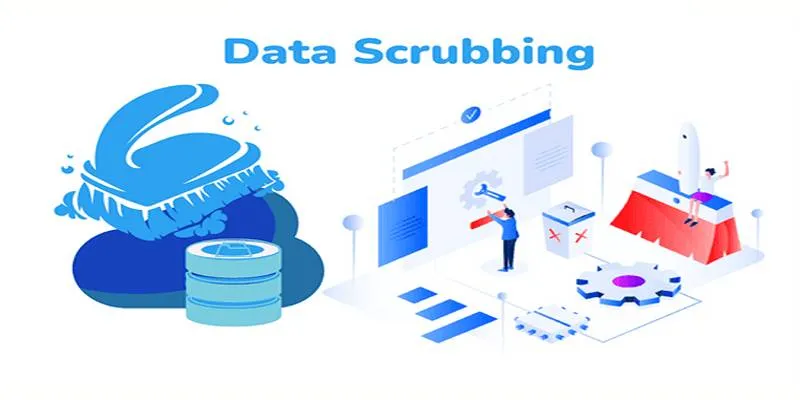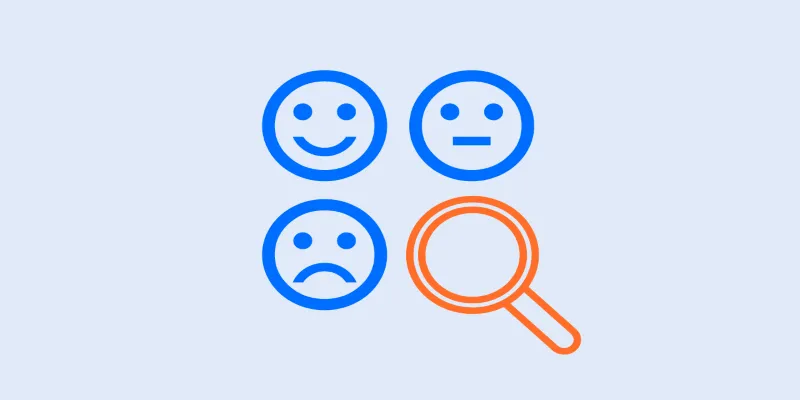Do you believe you have enough data? Many companies and individuals share this belief. It’s easy to assume that dashboards, spreadsheets, or reports provide a complete picture, but often, they do not. Your data may be missing components, have small sample sizes, or come from biased sources. As a result, decisions are made without considering all factors.
Poor-quality data leads to ineffective strategies and missed targets, which can compromise performance and growth. If your results aren’t as expected, your data might be the issue. Even companies with advanced tools face this challenge. The good news is that the right steps can help resolve it. This article explains why you might have insufficient data and how to fix it.

You Rely on Limited Sources
Most people gather information from a limited number of sources, often just numbers from websites or sales data. While useful, these don’t provide a complete picture. Important trends and behaviors might be overlooked. Relying on just one tool gives a limited perspective, meaning half of your decisions are based on incomplete information.
For example, website traffic might increase, but without insights from social media or customer feedback, you won’t know why. Was it a popular article, or did bots cause the spike? Without comprehensive sources, you’re left guessing. Internal data also only shows one side, ignoring competitors’ actions, consumer expectations, and industry trends.
Your Sample Size Is Too Small
A common mistake is using insufficient data, leading to significant issues. You might identify a trend, but it might be random, not real. Asking five people if they like your product and getting four positive responses represents eighty percent, but can you trust this small sample? The numbers aren’t reliable.
Larger samples provide deeper insights and reveal actual patterns instead of just lucky guesses. Surveys, tests, and analytics can suffer from this error. A few days of data might not show the full trend, and a short test might not reflect true user behavior. Small sample sizes lead to weak results, so you need to expand your data pool.
Your Data Has Gaps and Biases
Even with plenty of data, you might miss important information due to biases and gaps. Data can exclude groups, events, or crucial insights. If data shows one direction, it could be misleading. For instance, if most of your consumers are young, your data might overlook older adults, missing popular features found only in a small group. Your data might also be limited to certain times or areas.
The method of data collection can also contribute to bias. If your survey has leading questions, responses won’t be genuine. If your tools can’t track specific behaviors, there’s a gap. These issues combine to create an incomplete picture. You must review your data for these problems.
Fix 1: Start Combining Different Data Sources
To improve your data, start by broadening your sources. Don’t rely on a single tool. Use multiple platforms to gather insights. Integrate social media feedback with website statistics. Combine these with polls, customer service records, and sales data. Each source offers different insights, and together, they create a complete picture.
For example, if your website shows declining visits, check your email open rates. Maybe fewer people noticed your message. If sales drop, look at user reviews; a low rating might be driving business away. Also, incorporate external data. Reports on consumer behavior, competitor insights, and industry trends offer valuable guidance, showing how your business fits into the larger landscape.

Fix 2: Collect More Data Over Time
Short-term data is risky as it often shows only a small part of the story. Real patterns emerge from long-term data. Instead of relying solely on last week’s figures, examine the past three months or even the past year. Long-term trends provide more reliability, helping you avoid reacting to random dips or spikes. You should also increase your sample size.
Ask more users for feedback, extend the duration of A/B tests, and track more purchases or work sessions. The larger your sample, the better your results. Keep testing; repeat the same test multiple times. This reduces errors and supports your findings. Over time, more data builds confidence in your figures. Don’t rush to conclusions; good data takes time to gather.
Fix 3: Clean, Review, and Test Your Data
Raw data can present issues such as outdated information, missing values, or errors. Therefore, cleaning your data is crucial. Start by removing duplicates, correcting incorrect entries, and checking for empty fields. Ensure your labels are clear. This process reduces uncertainty and improves data quality. Then, review your data-collecting procedure.
Are your tools functioning properly? Are you tracking the right behaviors? If your setup is flawed, your data will be too. Cross-examine your data across different sources. If they don’t match, investigate further; you might discover a filtering issue or tracking error. Regular data audits should become a routine. Don’t wait for a problem to arise. A clean and accurate data set is more trustworthy.
Conclusion:
Many companies believe they have sufficient data, but often, they don’t. While their statistics seem solid, they lack depth. Limited sources, small samples, and data gaps create false confidence, leading to poor decisions. By combining data sources , gathering more over time, and regularly cleaning it, you can find straightforward solutions. These actions support smarter decisions and help reveal the complete picture. By improving data quality, you reduce risk and increase success. You’ll have the right answers, not just hope for them. Excellent data leads to smart insights. Start refining your data today.
 zfn9
zfn9























